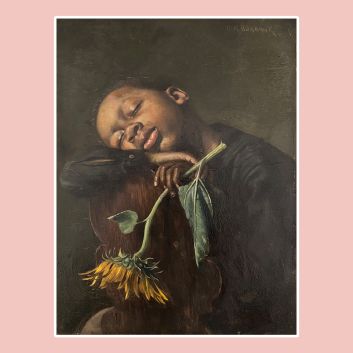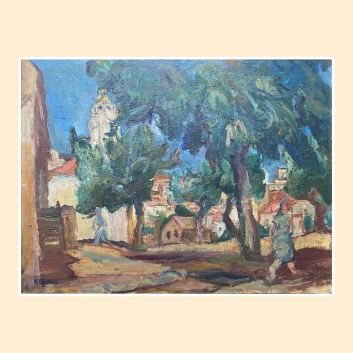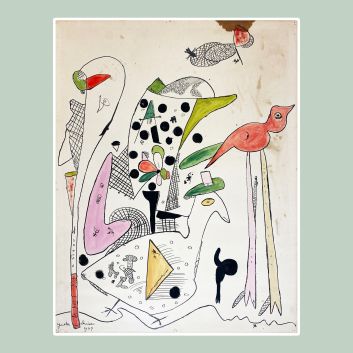Rating and value of works, drawings, paintings by Louis Icart
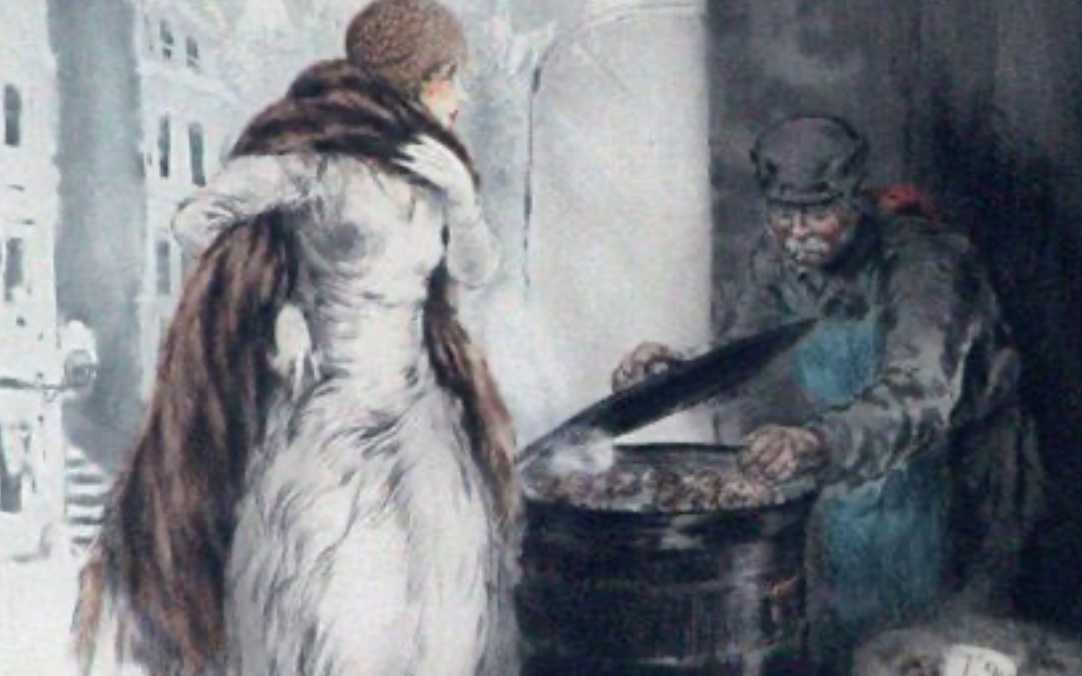
If you own a work by or after the artist Louis Icart, and would like to know its value, our state-approved experts and auctioneers will offer you their appraisal services. Our specialists will carry out a free appraisal of your work, and provide you with a precise estimate of its current market value. Then, if you wish to sell your work, we will guide you towards the best possible arrangement to obtain the optimum price.
Louis Icart artist's rating and value
Part of the Art Deco movement, Louis Icart is a French painter, engraver and sculptor. A prolific artist, he is now relatively well quoted on the art market, with his less prestigious works selling for €10, rising exponentially to €77,749 - a substantial difference, but one that speaks volumes about the value that can be attributed to the artist's works. In 2022, a painting entitled Sur le banc, depicting a seated woman with an umbrella, sold for €6,500.
Order of value from a simple work to the most prestigious
Technique used | Results |
|---|---|
Sculpture - volume | From €10 to €1,990 |
Drawing - watercolor | From €72 to €19,000 |
Print - multiple | From €10 to €27,340 |
Paint | From €80 to €77,750 |
Response in less than 24h
Artist's style and technique
Inspired by the great painters who marked the Rococo movement in France, such as Fragonard, Watteau and Boucher, Louis Icart (1888-1950) places particular emphasis on the ornamentation of his works, giving them a Baroque bent. His work is often considered fickle, antinomian or even provocative. However, he was able to disregard the characteristics of the frivolous painters of the 18th century and develop his own style. He combines rococo with art deco, defined by Cartesian geometry and colors that oscillate between pastel and virulent hues, giving rise to a luminous, dynamic and meticulous art.
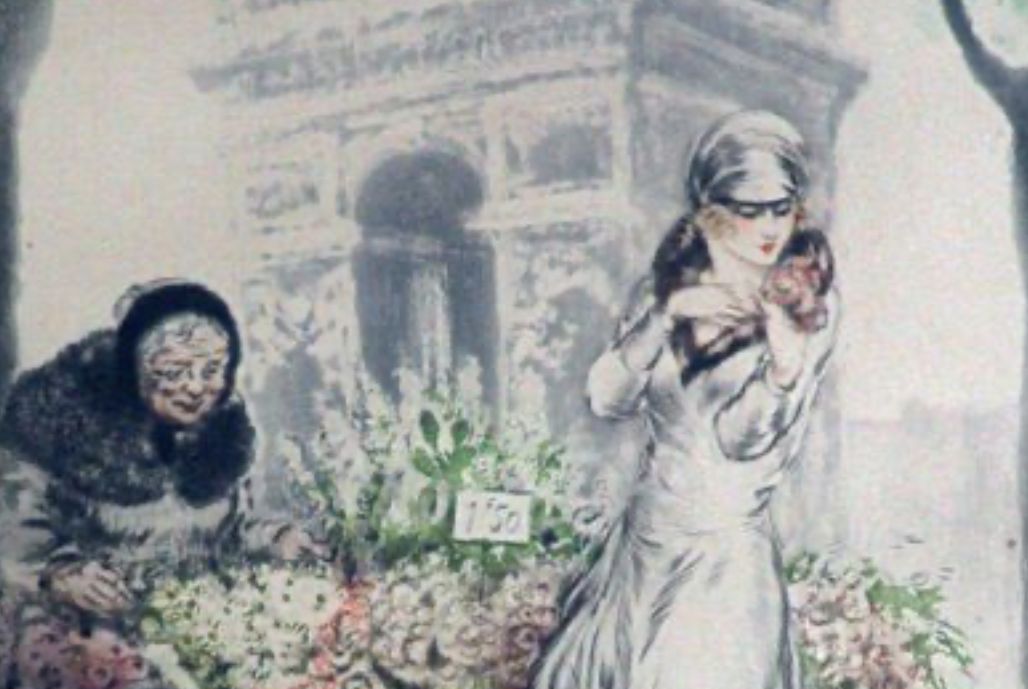
The life of Louis Icart
Discovering her nephew's passion and talent for drawing, Louis Icart's aunt encouraged him to move from his native Toulouse to Paris. She was particularly renowned as a milliner during the Belle Époque, running the Maison Valmont. He thus immersed himself in the world of haute couture illustration. The periodical "La Critique Théâtrale" hired him to illustrate its pages, and he also put his talent to work for the haute couture houses, drawing for their catalogs. Having previously taken up engraving, he was encouraged to exhibit some of his work at the Salon des Humoristes, where his portraits of glamorous, erotic women delighted the public.
Young, energetic and unconditionally imaginative, Louis Icart captures the Parisian art world of the 1920s and 1930s, which experienced a telluric tremor under the weight of Cocteau, Josephine Baker, Poiret and Erté, to name but a few. From Watteau's art, Icart retains lush interiors, animated expressions, the importance of form even more than substance, and female characters often drawn from mythology. Icart was also influenced by the work of the Venetian painter Veronese in Baroque decoration. In the end, he learned from the Impressionists and readily considered himself an "Impressionist painter", paying homage to those who had shaped his childhood, such as Degas and Monet.
Louis Icart's watercolors remain his rarest works, as he devotes most of his time to oil painting, preferring watercolors for sketches. Paradoxically, however, it is in this field that his potential is most tangible. Icart's watercolors are fragments of dreams, and in this medium he illustrates the imaginary world of Baudelaire's poems, in this case, Les fleurs du mal.
Louis Icart's imprint on his period
At the age of twenty-four, Louis Icart had the privilege of having his work exhibited in an exhibition dedicated to him in Paris, then a year later in Brussels. Louis Icart exhibited at the Galerie Simonson in Paris from 1920 onwards, before moving to the United States, where he presented works in a typically Art Deco style at the Galerie Belmaison in New York. The prints he exhibited enjoyed brief success in North America until 1932. His repertoire included over five hundred engravings, as well as collaborations with various artists to illustrate books with explicitly erotic images. In 1940, sensitive to the plight of many of his fellow creatures, he began a series of engravings he called "l'exode" (the exodus). Despite the success he had enjoyed in the previous two decades, Louis Icart fell into oblivion and was ousted from the art scene. Nevertheless, some of his paintings were discovered in the 1970s, hidden in the attic of an art school, and restored his reputation. Today, his work is once again attracting great interest.
Recognizing the artist's signature
Louis Icart signs his works with his full name in a cursive, graphic script with a lively, assertive pencil stroke.
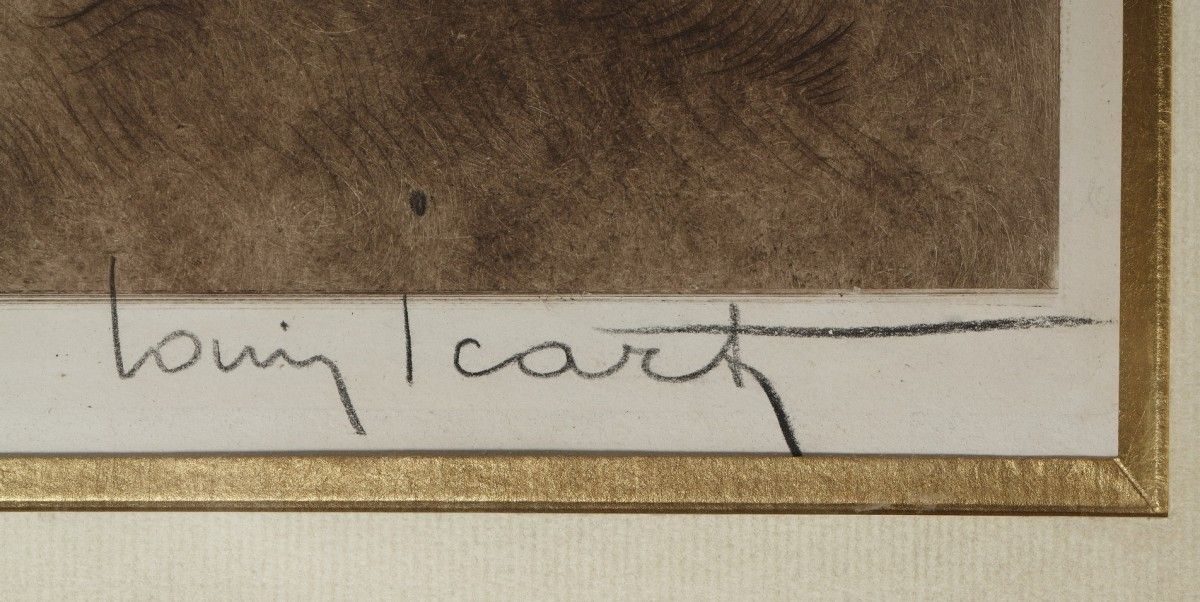
Knowing the value of a work
If you happen to own a Louis Icart work, don't hesitate to request a free appraisal using the form on our website. A member of our team of experts and certified auctioneers will contact you promptly to provide you with an estimate of the value of your work, as well as any relevant information about it. If you're thinking of selling your work, our specialists will also be on hand to help you find alternative ways of selling it at the best possible price.
Response in less than 24h
Related topics
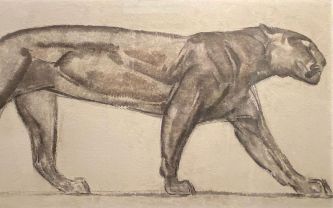
Rating and value of works, paintings, drawings by Paul Jouve
Paul Jouve, a twentieth-century animal painter, produced many paintings and drawings listed at auction, which can be very valuable.
Read more >

Rating and value of works, jewels, vases, services by Jean...
Jean Després is a 20th-century French silversmith who produced jewelry, vases, services and other silver works that are highly prized at auction.
Read more >
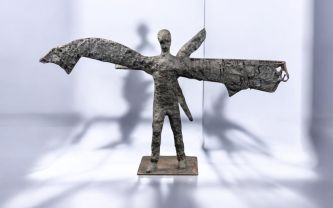
Rating and value of works, sculptures and drawings by Germaine...
Germaine Richier is a twentieth-century artist who produced works that are highly regarded and valued on the auction market.
Read more >
Secure site, anonymity preserved
State-approved auctioneer and expert
Free, certified estimates

